Janet Courtney – Touch and Boundary Setting in Child Counseling & Classrooms
$219.00 Original price was: $219.00.$61.75Current price is: $61.75.
We, as practitioners and educators, are challenged daily with ethical and clinical/ educational dilemmas related to touch from a child’s request for a hug, to a child inappropriately touching, to physical acts of aggression.
Janet Courtney – Touch and Boundary Setting in Child Counseling & Classrooms
Breaking down the Touch Controversy
- Why the problem with touch & children?
- Touch with children vs adults
- “No touch” policies—More harm than good?
- Touch and your code of ethics
- Male vs female practitioner liability
- Examining the “slippery slope” argument
- Current research
Neurobiology of Touch
- Oxytocin—the “calming & connectivity” hormone
- Cortisol & hurtful or stressful touch
- Parasympathetic nervous system (PNS)
- C-tactile fibers—Emotional touch
- Sensory mirror neurons – develop empathy and interconnectivity
- Psychoeducation
Assessing Mediating Factors of Touch
- Types of touch: child initiated, practitioner initiated, task-oriented, referential…
- Child’s age, gender, diagnosis
- Theoretical approach
- Cultural, religion, and more…
Case Examples/Ethical Dilemmas – Respond, Intervene & Set Safe Boundaries in Clinics/Classrooms
- Recommendations for working with physically & sexually abused children—attunement/ proximity/cues
- Alternatives to physical restraint – interventions for physically aggressive kids/teens
- Skills for working with children diagnosed with autism, reactive attachment disorder, ADHD (attunement/proximity/cues)
- Child Restraint—informed consent sample
- Managing inappropriate touching by the child
- Developmental differences: infants, children, teens
Play Therapy & Assessments – Touch as an Intervention
- Developmental play therapy—touch and attachment disorders
- DIR/floortime and children with autism
- FirstPlay®–facilitating corrective (and preventive) experiences of touch between infants and parents
- Touch in animal assisted therapy
- Peer-to-peer massage in schools
- Touch in groups: dance & movement/bereavement/play therapy
- Case Examples
Lab Experiential—Growing Professional Self-Awareness
- Knowing your own proximity space boundaries & comfort
- Side hugs & acceptable touch alternatives
- Practice setting appropriate boundaries with children
- Professional touch survey small group discussion
- Practice boundary setting interventions—through mock demonstrations
Become a “Touch Educator” with Creative Play-Based Interventions
- “Captain May I”
- ‘Red Light, Green Light’
- Hula hoop Personal Space
- “My No Touch Square!” chant activity
- Creating safe boundaries in the sandtray & clay
- Case study examples to apply to practice
Growing Ethical Competency in Touch
- Aristotle’s “Practical Wisdom”
- 5 core competencies in touch
- Clinical & ethical touch guidelines
- Liability risk management— informed consent
Would you like to receive Janet Courtney – Touch and Boundary Setting in Child Counseling & Classrooms ?
Description:
- Skills for working with autism, attachment, aggression, ADHD, physical & sexual abuse
- Play therapy techniques to help kids establish healthy boundaries
- Professional and legal boundaries around safe physical contact in therapy
- Touch best-practice guidelines
Touch in therapy with children has long been a taboo topic and a hotbed of controversy!
We, as practitioners and educators, are challenged daily with ethical and clinical/ educational dilemmas related to touch from a child’s request for a hug, to a child inappropriately touching, to physical acts of aggression.
Join Janet Courtney, PhD, LCSW, RPT and leading expert in the field of touch, in this ground-breaking workshop. You will learn the current research related to the neurobiology of touch and attachment, plus the varied mediating factors that impact child initiated verses practitioner/educator initiated touch.
Discover varied touch-informed play therapy approaches that ethically intervene with child problems and diagnoses related to trauma, sexual and physical abuse, domestic violence, ADHD, anxiety, and attachment.
You’ll walk away with new interventions to successfully manage in-the-moment challenging touch behaviors, as well as play therapy-based techniques to help kids and teens establish healthy touch boundaries. Increase your professional awareness and competency through lab activities, and clinical and ethical touch guidelines to immediately lower concerns of liability.
Be the first to review “Janet Courtney – Touch and Boundary Setting in Child Counseling & Classrooms” Cancel reply
Related products
Health & Medical
Kate Freeman – Heart Of Releasing – Healthy Body, Beautiful Being
Health & Medical
Health & Medical
N. Bradley Keele – Psychopharmacology Update – Medications, the Brain, and Behavior

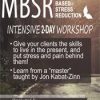
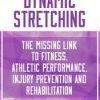
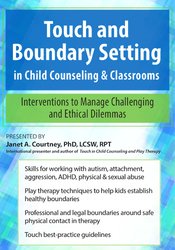
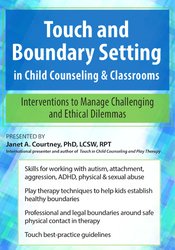
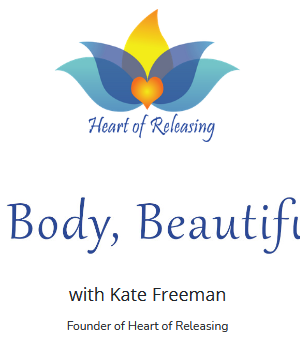


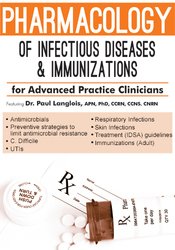
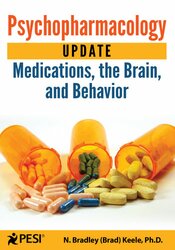


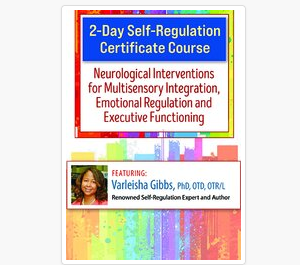
Reviews
There are no reviews yet.